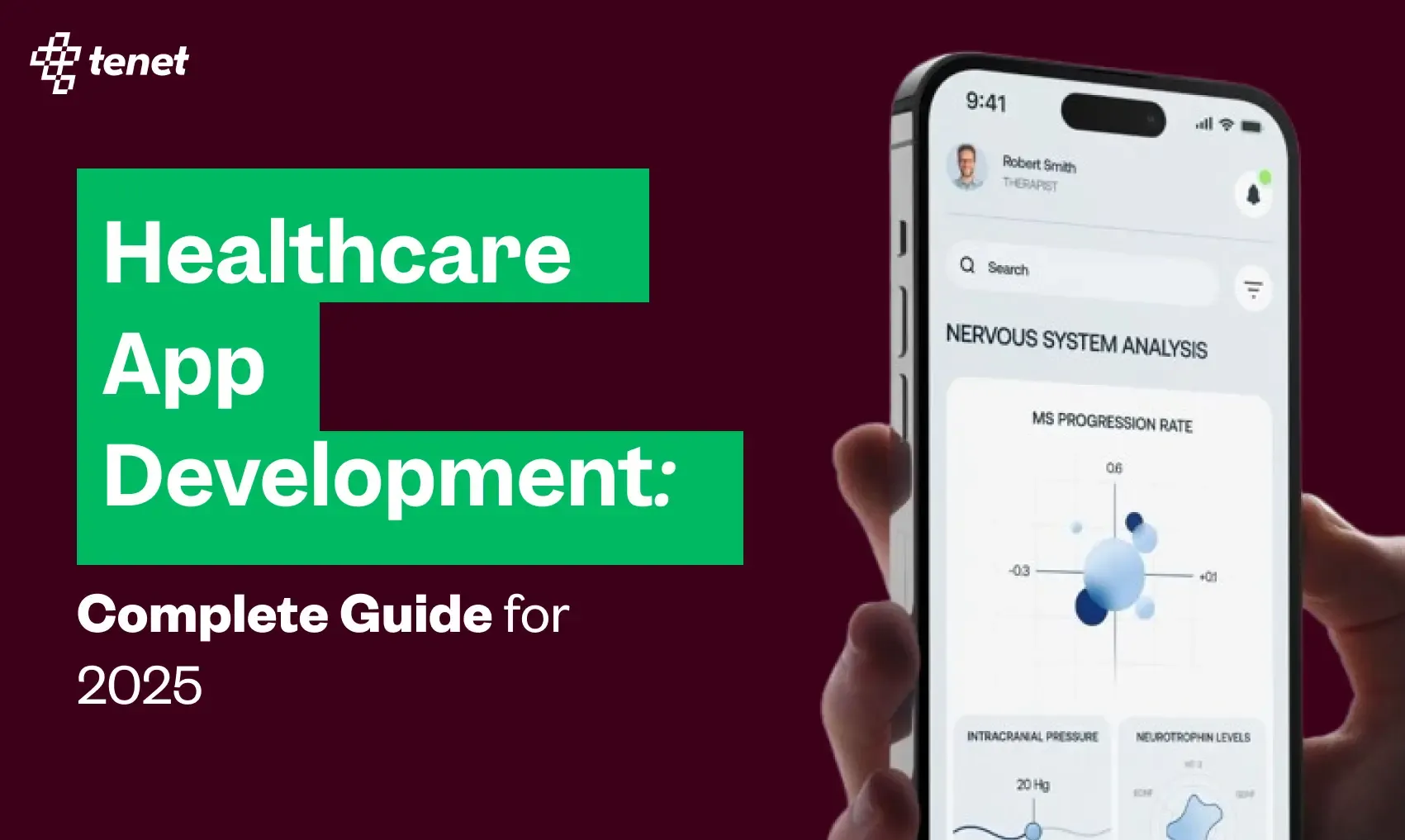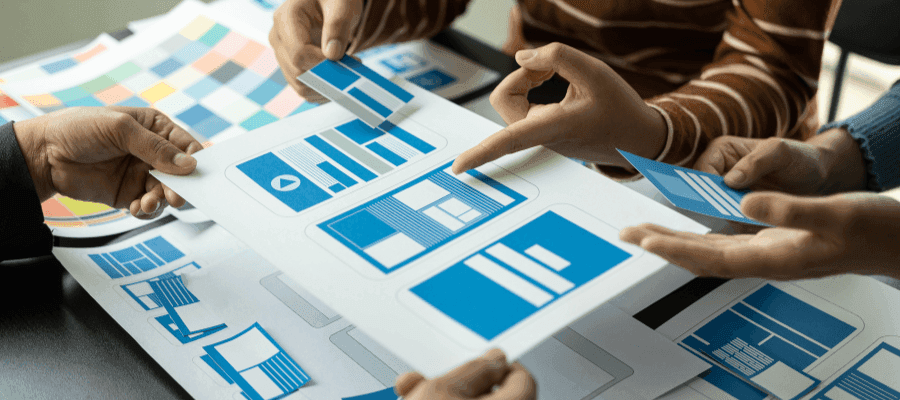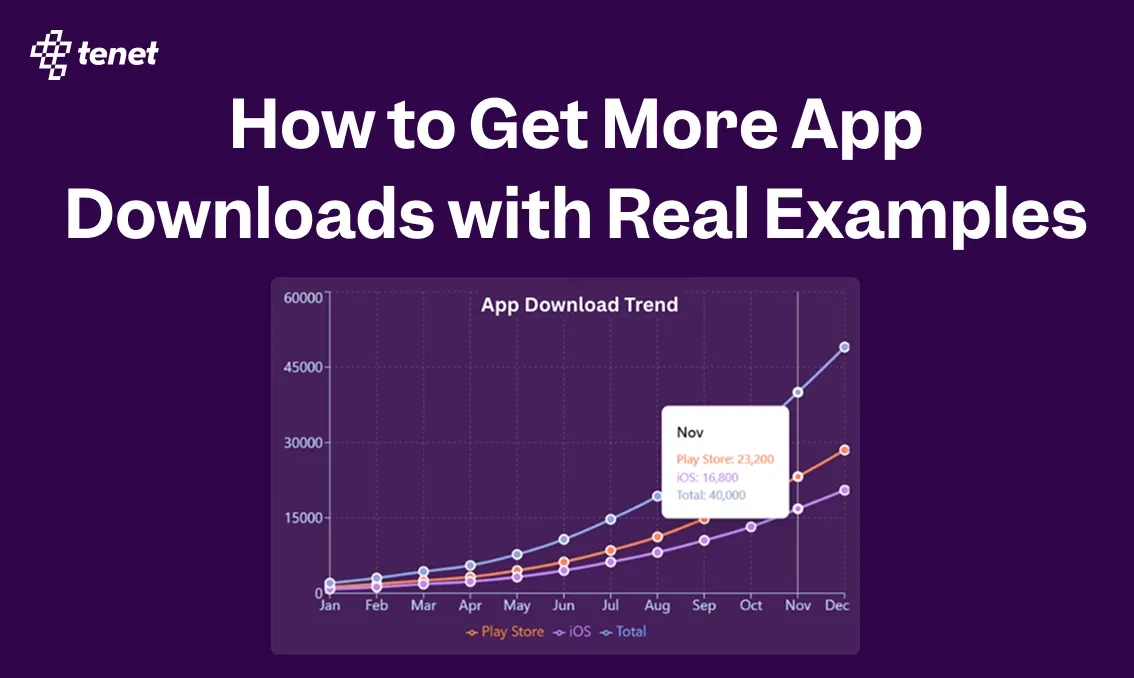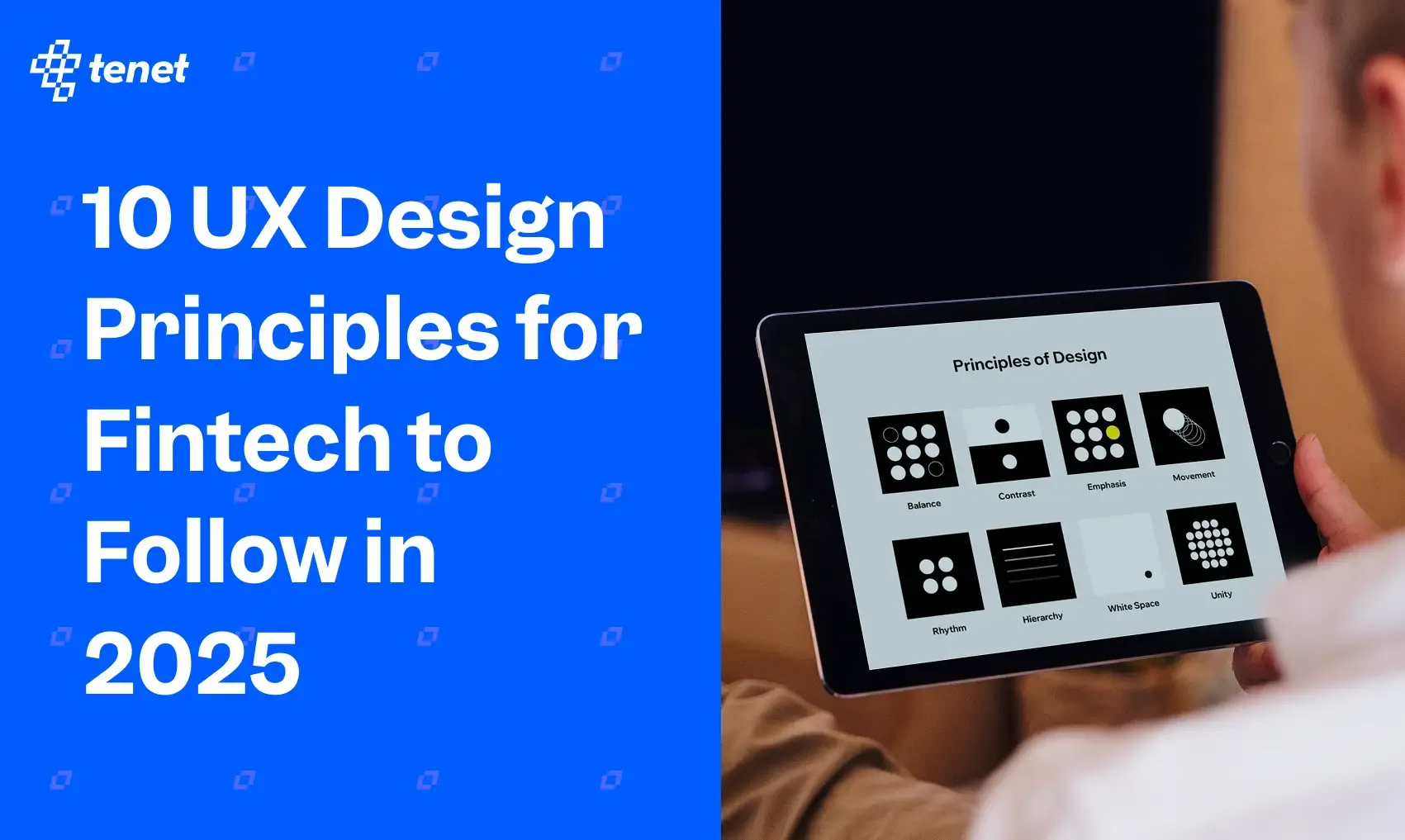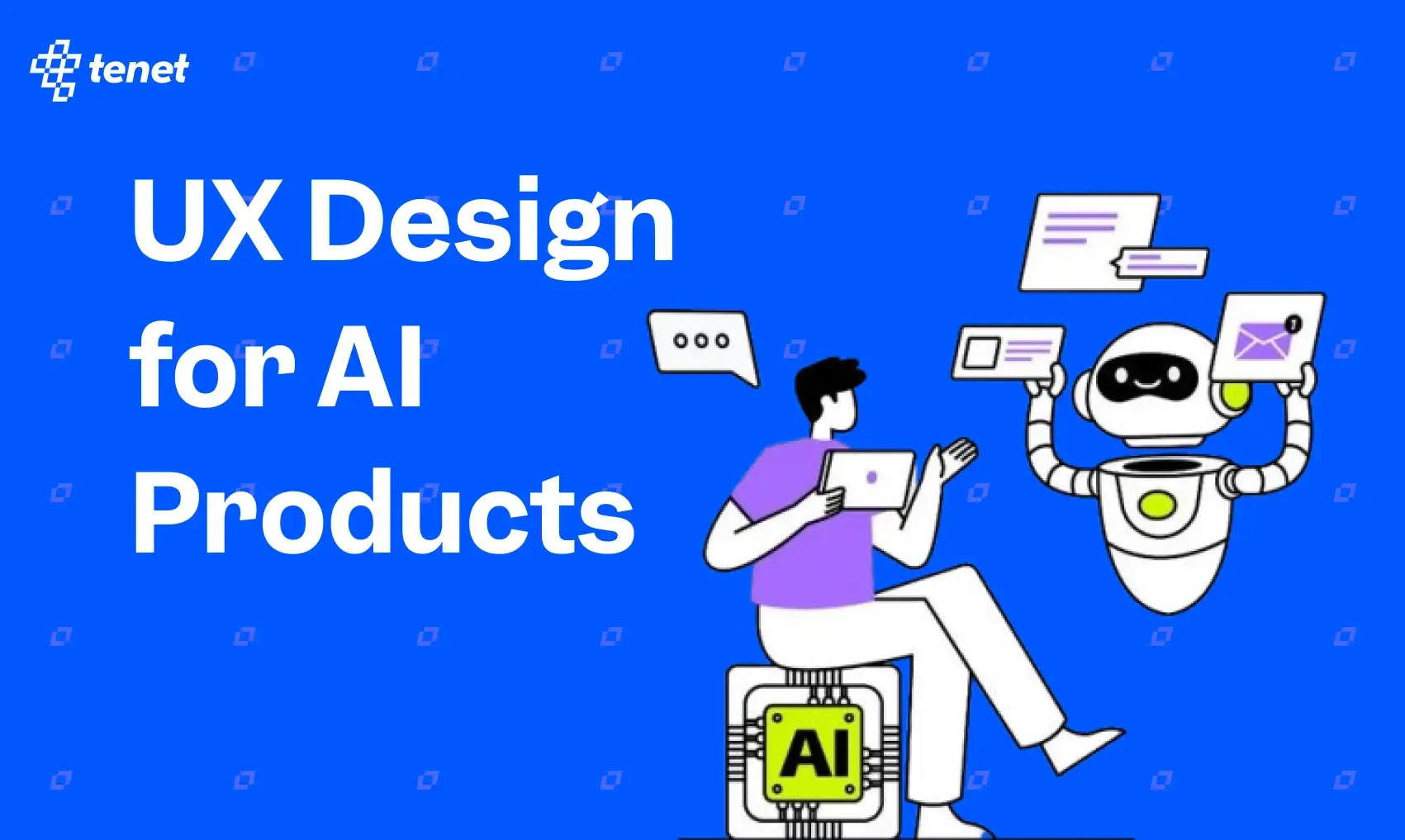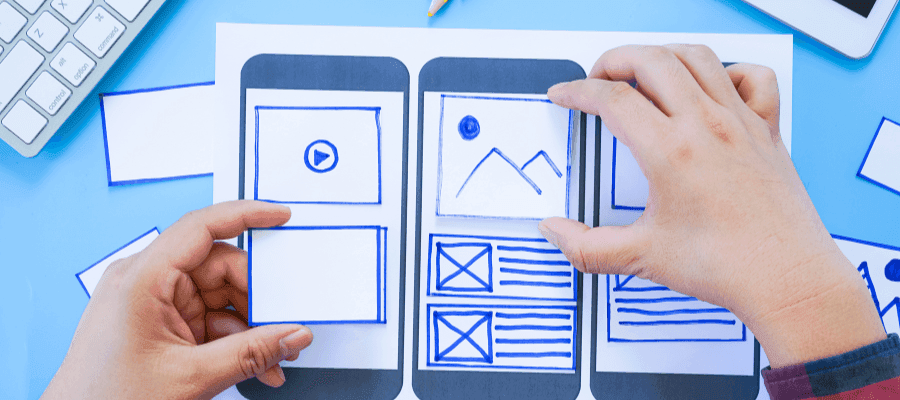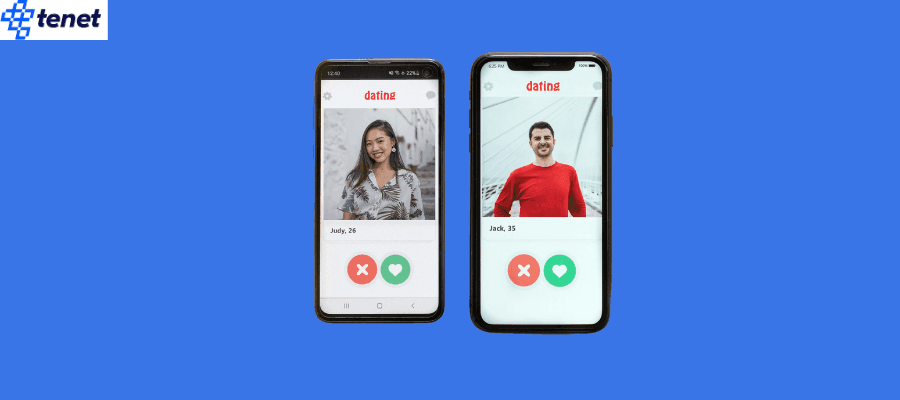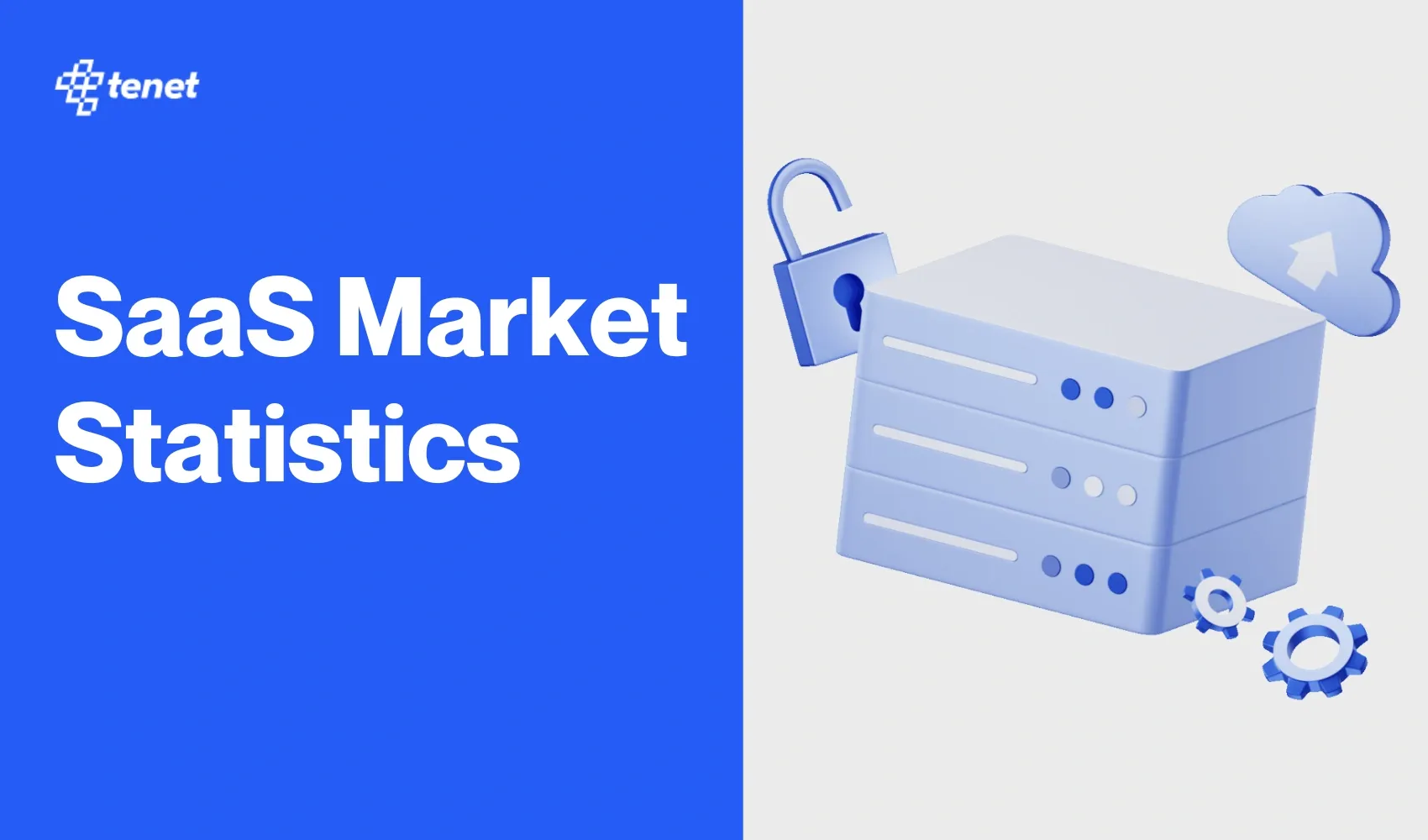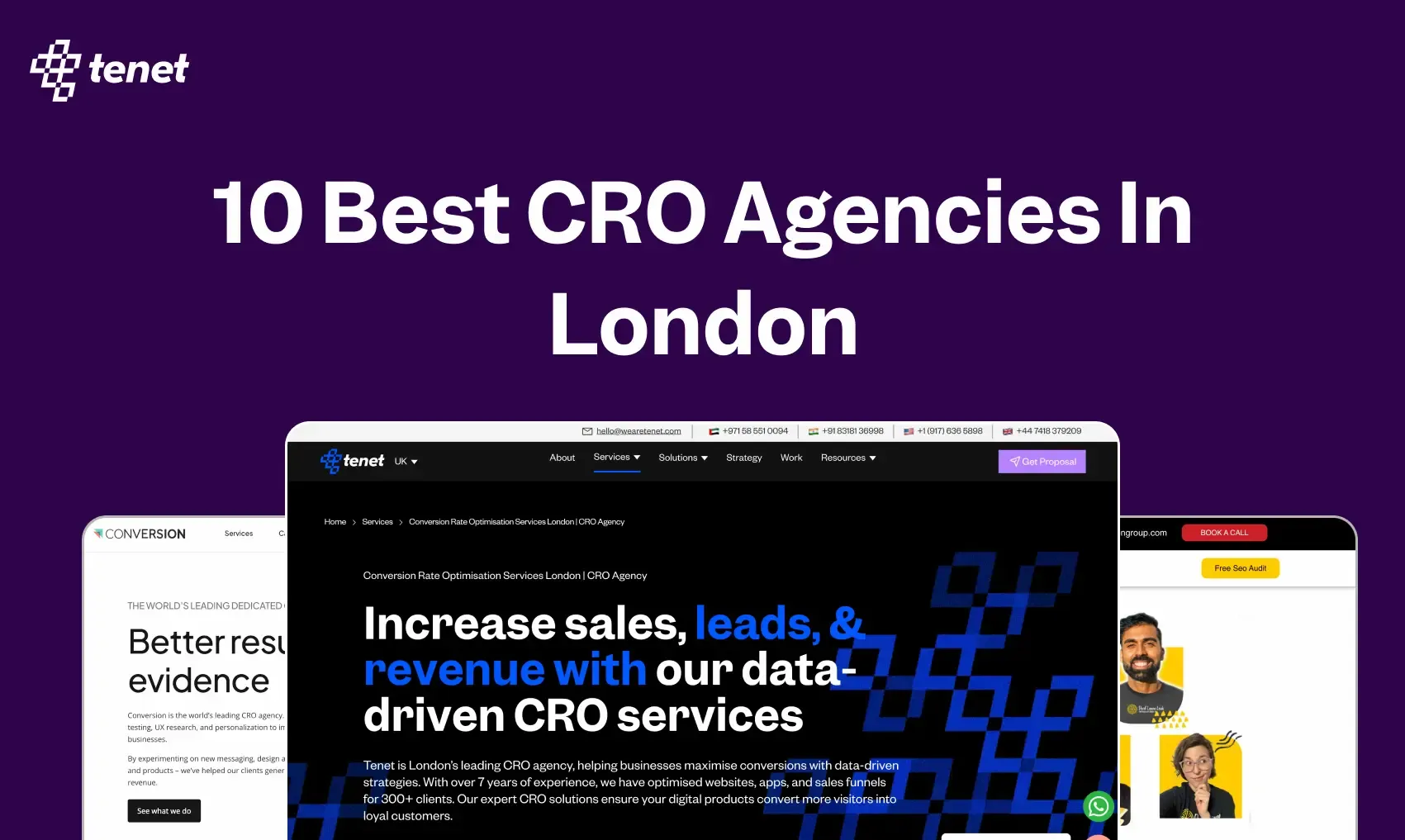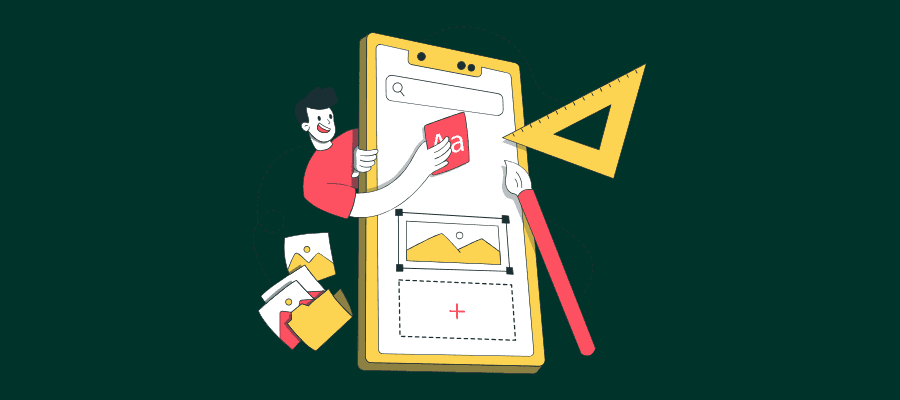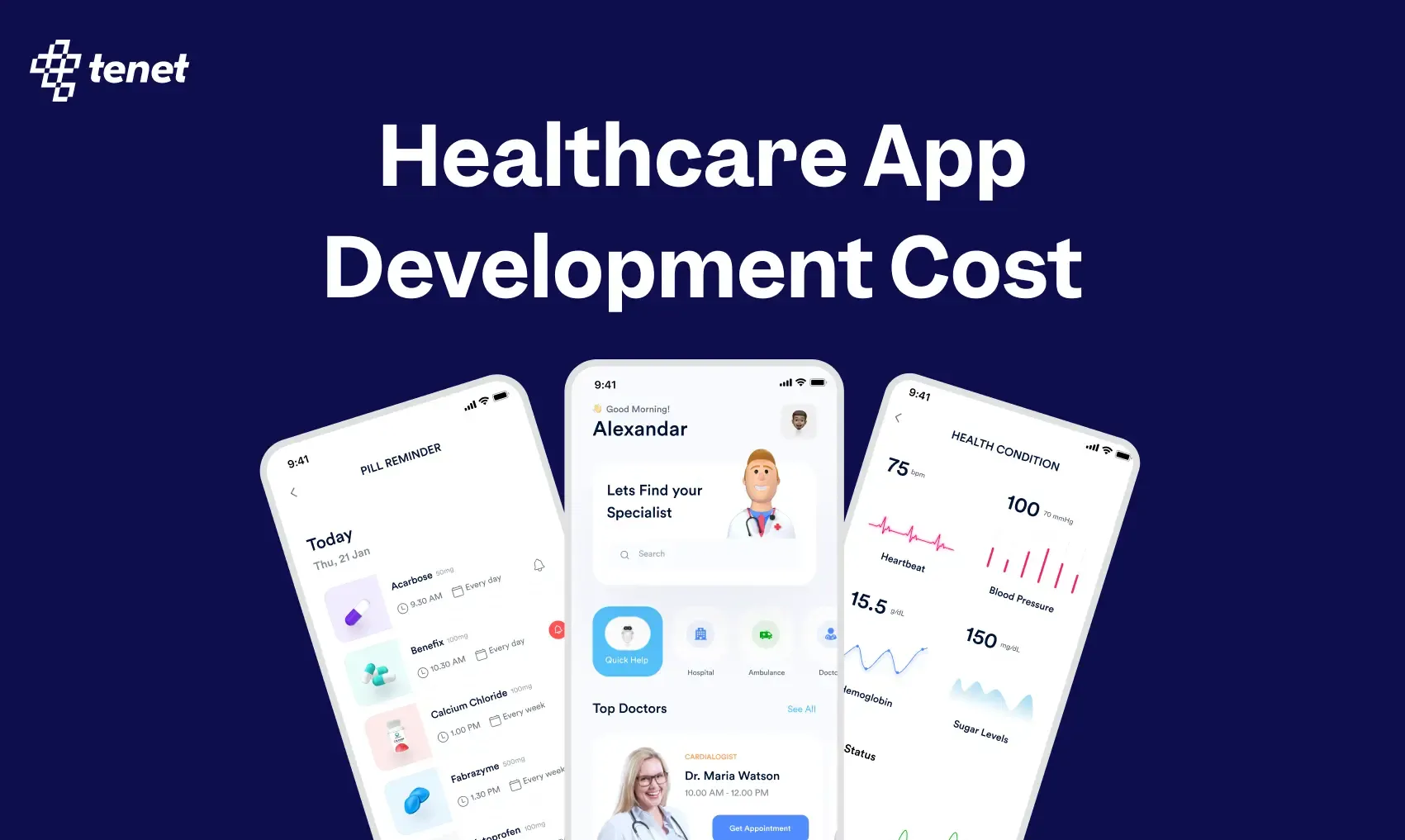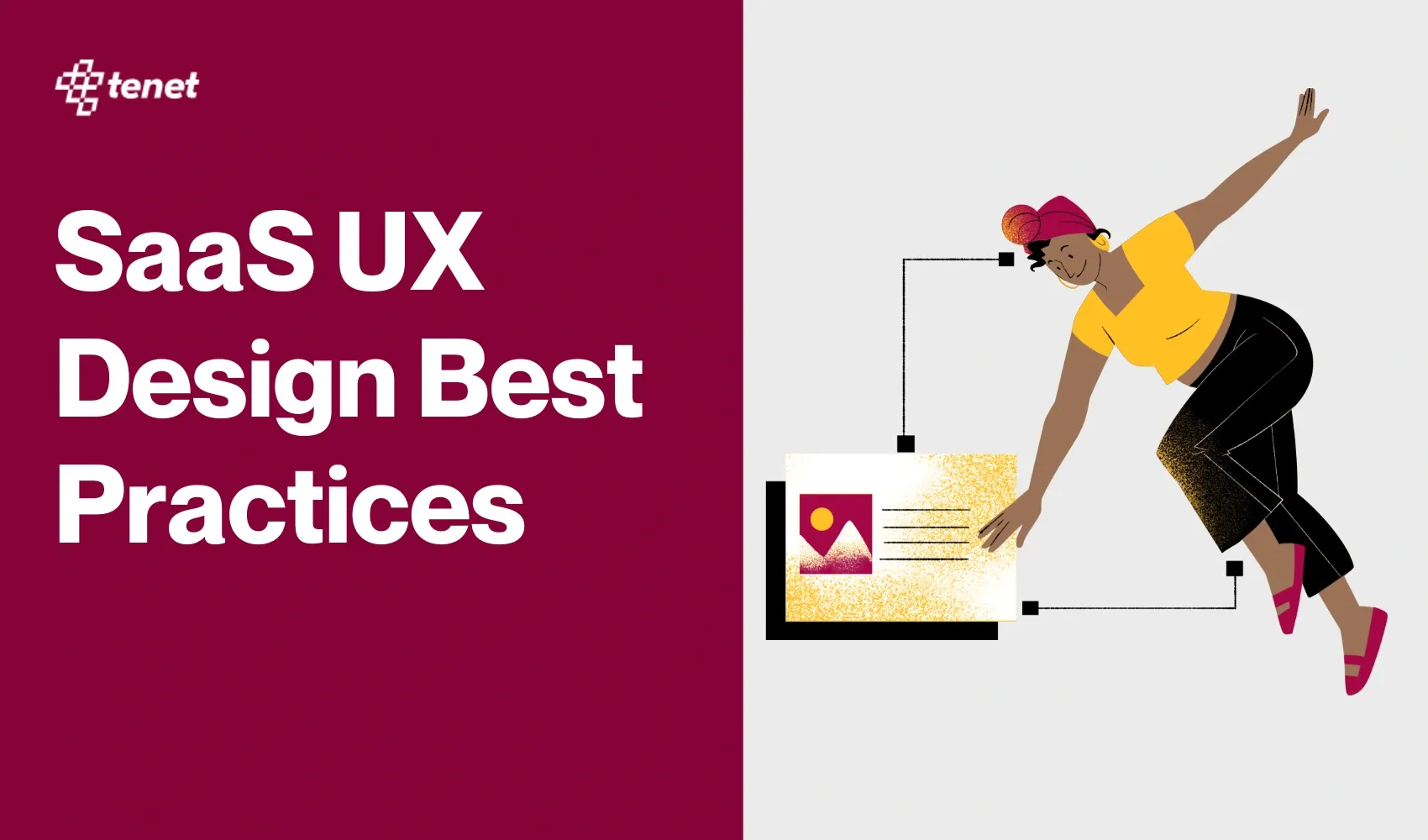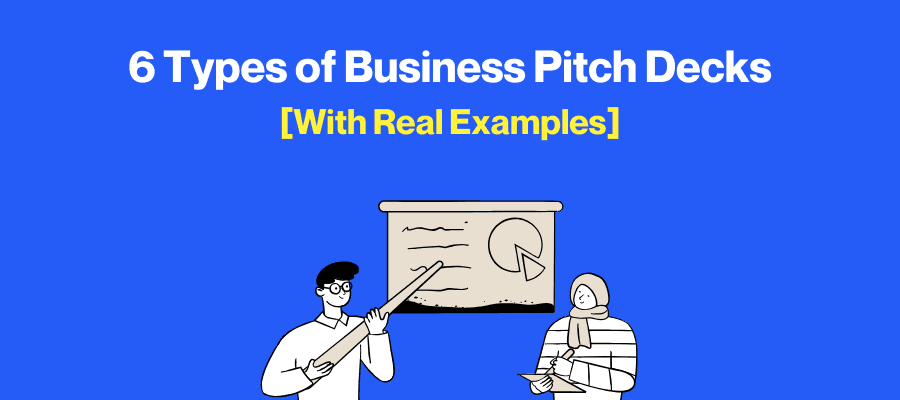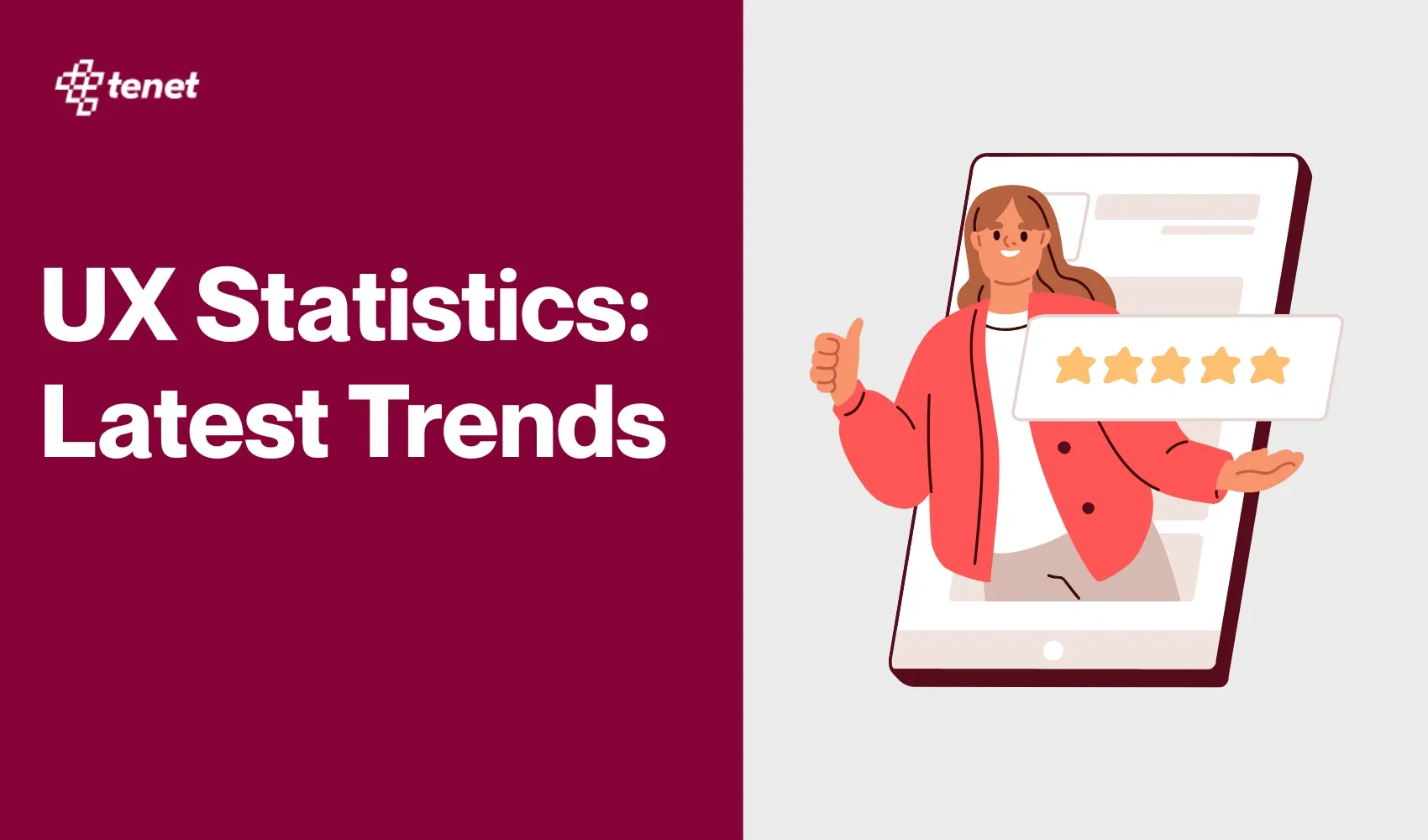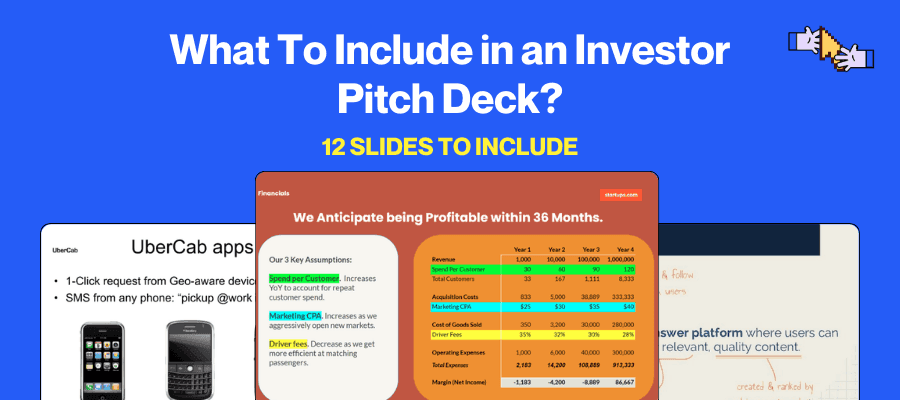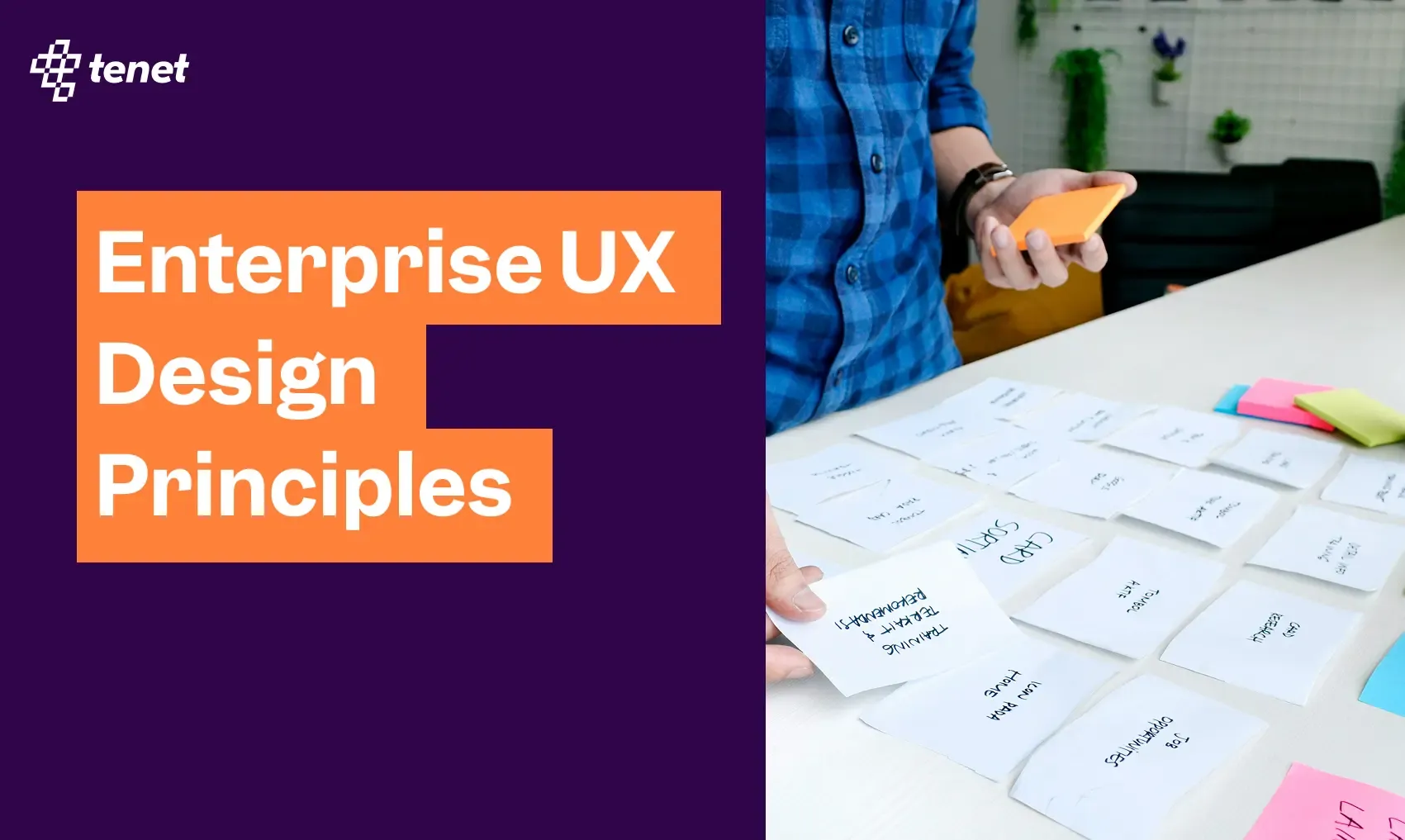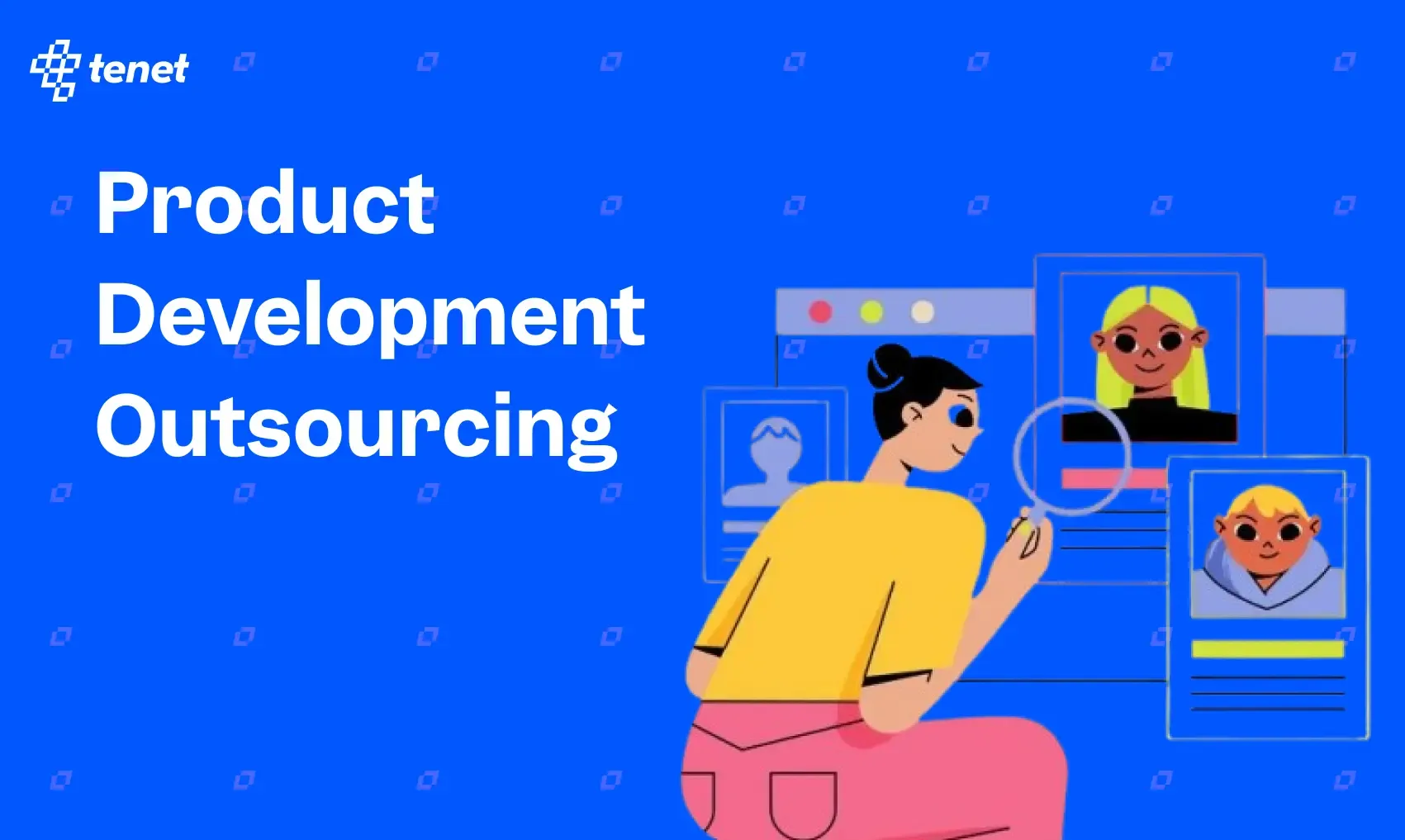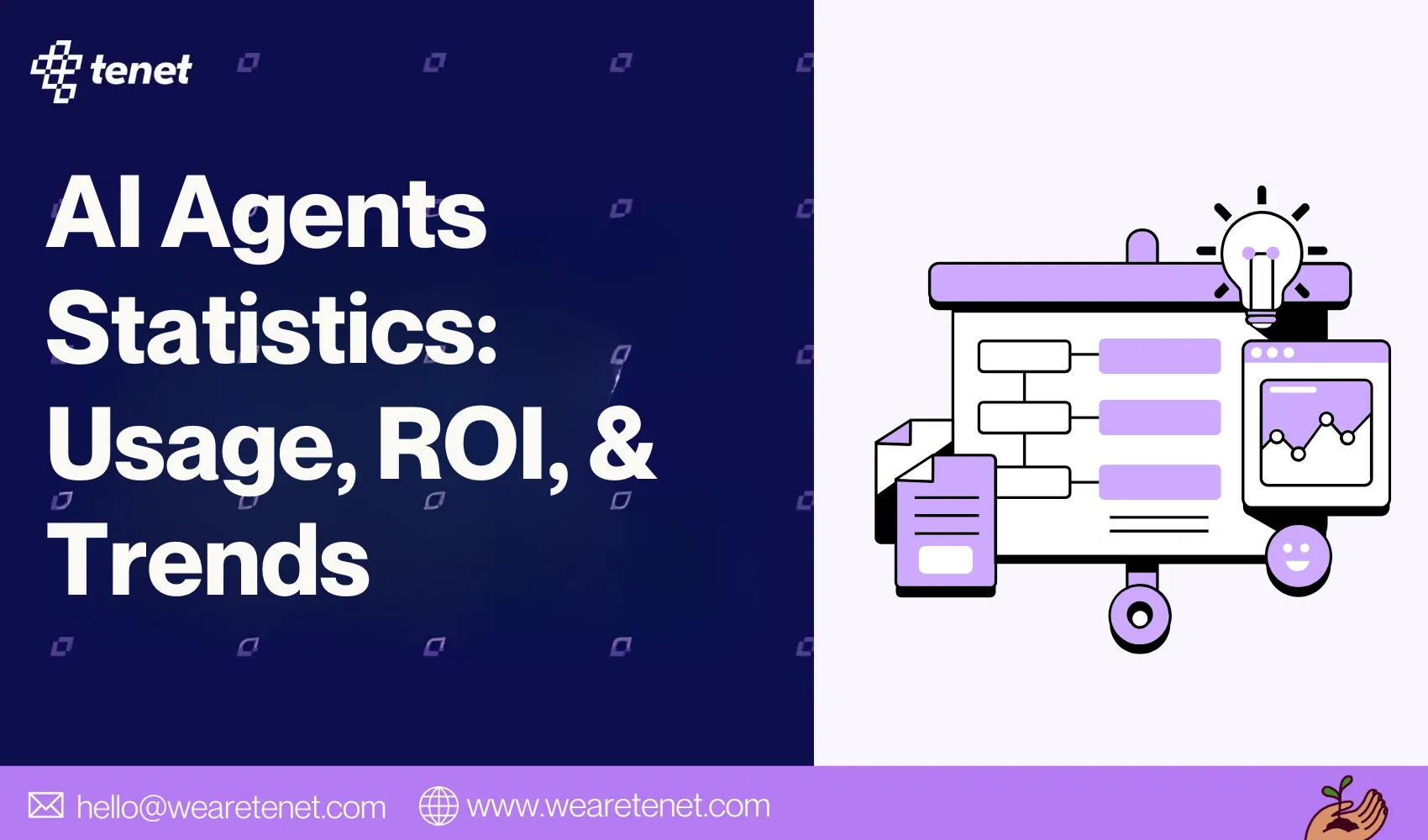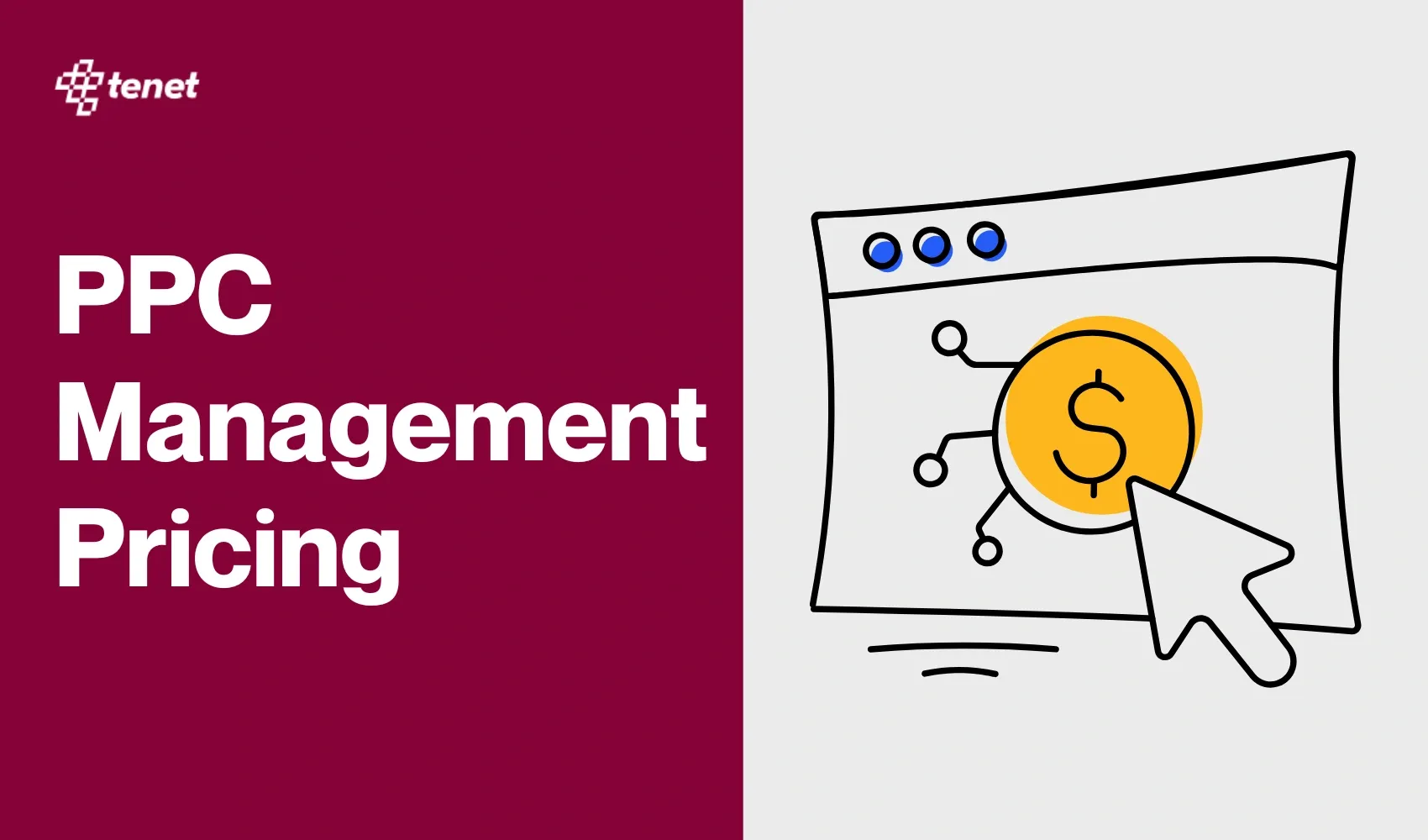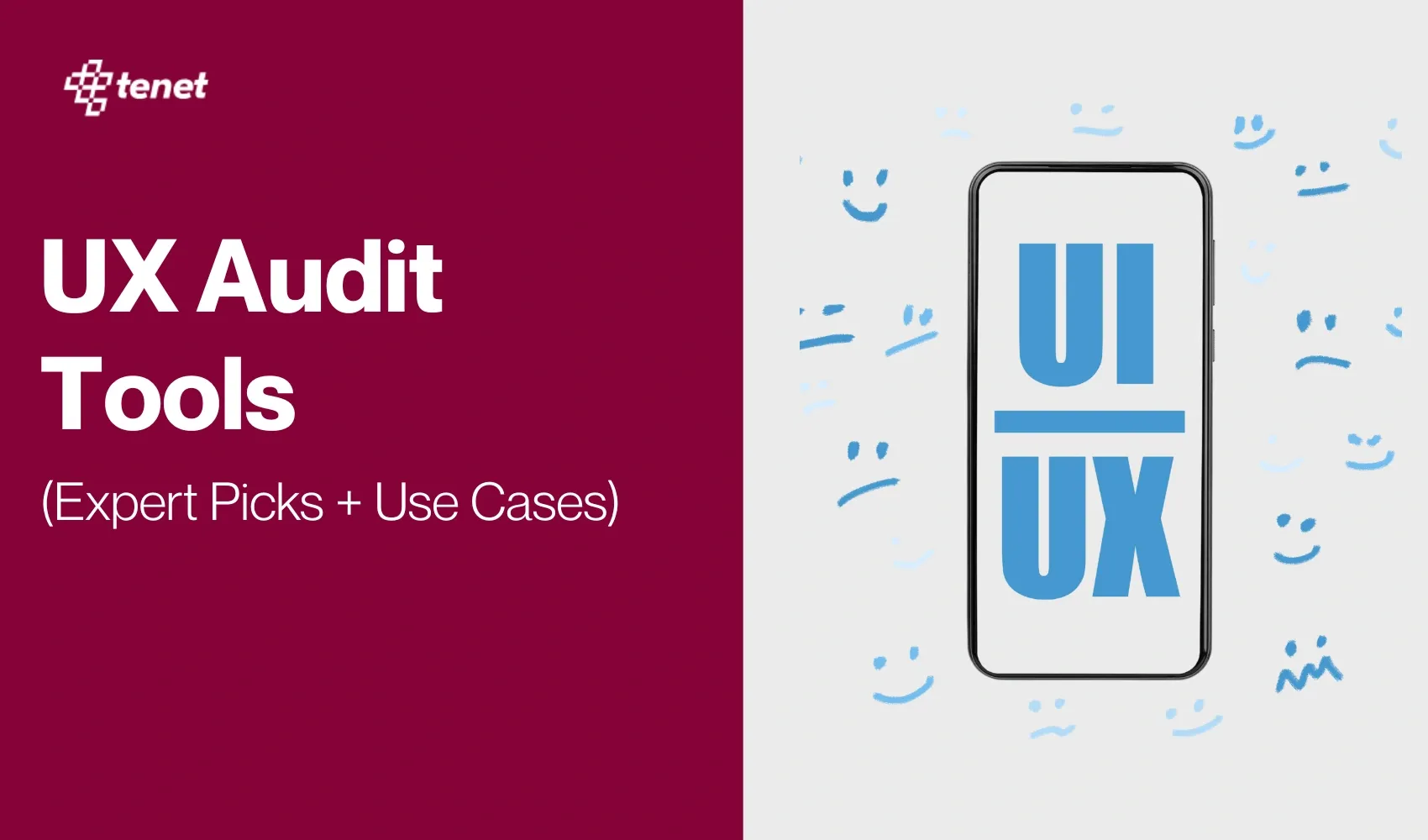Website Design & Development Cost In Dubai [2025 Guide]
Share
Share
![Website Design & Development Cost In Dubai [2025 Guide]](/_next/image?url=https%3A%2F%2Fd3us4ynq1qsik6.cloudfront.net%2Fuploads%2FDubai_website_development_cost_de06a1950a.webp&w=1920&q=90)
Many Dubai businesses struggle to understand why website design and development costs vary so widely. Some end up overpaying, while others settle for cheap sites that fail to attract customers or scale with growth.
This confusion often leads to wasted budgets, weak user experiences, and missed revenue opportunities.
After developing 450+ web development projects for 300+ cliens, we know what factors drives cost, value, and ROI.
In this 2025 guide, we break down the real factors behind website costs in Dubai and show you how to make smarter, ROI-focused decisions.
How much does it cost to design a website in Dubai in 2025?
The cost of designing a website in Dubai ranges from AED 3,500 to AED 145,000 in 2025. A basic business website usually starts at AED 3,500–18,000, while small business websites with CMS and integrations cost AED 7,000–55,000. E-commerce websites with payment gateways, inventory systems, and logistics APIs range from AED 8,000 to 110,000. However, fully custom websites with unique features and branding can cost up to AED 145,000.
The final pricing depends on complexity, number of pages, required features, and the expertise of the web design agency.
However, the project prices vary based on website type, design intricacy, and specific client requirements.
Explore our website design services by country:
- Web development services in the UK
- Web development services in India
- Website designing services in the US
- Web design services in Dubai
Factors That Impact Website Design Costs
Whether you’re a new business or an established one looking to get a new website designed, it is essential to know the factors that can impact the cost of website design.
After the brief summary above, let’s dive into a little more detail.
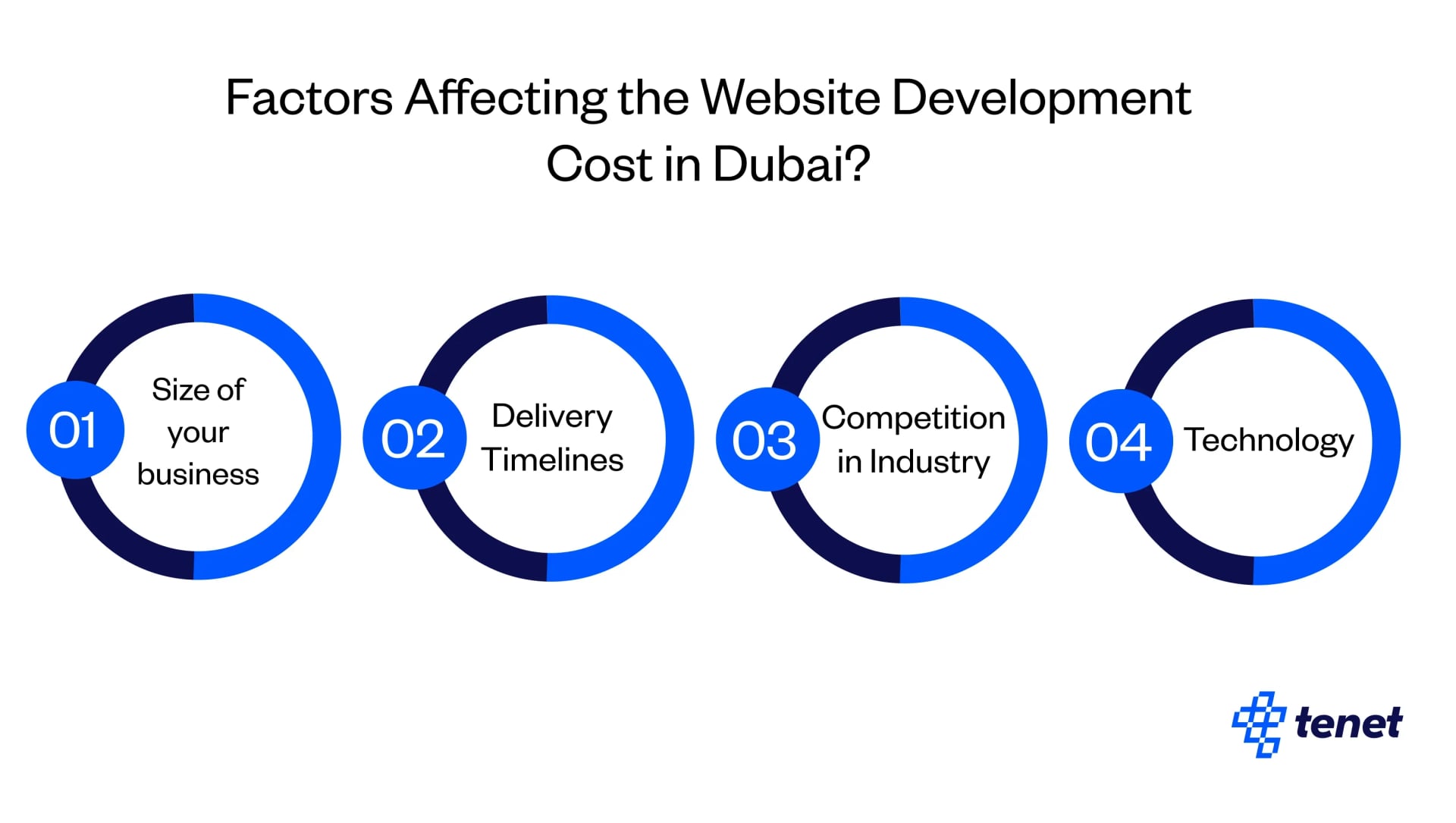
1. Type of Website
Every business is unique, and so are its business requirements. This leads to a wide variation in the type of website. Different types of websites influence the cost of website design in Dubai. Some of the most common types of websites are:
2. Number of Pages
A website can have a single page or 100+ unique pages. Based on the number of pages, the cost can vary from AED 3,500 to AED 145,000. Many E-Commerce websites have 100s of unique pages for different categories, offers, services, etc. The number of pages can differ from business to business, hence increasing the overall cost of website design.
Additionally, every unique page will require custom design, images, texts, graphics, backend development, and much more. This increases the effort involved and often requires hiring experts to create and optimise the pages.
What are unique pages on a website?
A website can have 100s of pages, but not all pages have to be built from scratch.
For example, let’s take an e-commerce website selling coffee mugs:
- The home page is a unique page.
- The About page is a unique page.
- Now if the brand is selling coffee mugs that are customized as per different themes, it will probably have a collections page.
- Christmas collection, New Year's collection, Game of Thrones collections, etc.
- We do not need to design and develop unique pages for all these different collections. We’ll usually design & develop 1 unique page for collections, which can then be simply templatized for all other similar pages.
- So, whether the business wants to show a Christmas collection, or a Game of thrones collection - we don’t need to develop new pages.
- The already designed unique page for ‘collections’ can be used as a template, and can be replicated with customised content as per the required theme/category/collection.
Here is a clear break-up based on the cost based on the pages:
The greater the number of unique pages, the more work the developer will need to do. The increased efforts and time will lead to extra costs.
Still not clear?
Check out the Figma Designs for one of our E-Commerce Clients. Pages are marked as unique, and then can then be replicated multiple times, as needed.
3. Customisation
Every brand has a core DNA. It comprises 3 key elements.
- Brand Strategy: This is what helps the brand distinguish itself. It comprises details such as vision, mission, value proposition, personality, positioning, unique selling points, etc.
- Brand Identity helps the brand attract its audience. It comprises details such as a distinctive logo, colour palette, patterns, visual language, typography, art direction, etc.
- Brand Conversions: This is where marketing, digital strategy, and sales come into play. It comprises conversion copywriting, social proof integrations, email marketing, CRM integrations, etc.
Best-performing websites across the have the brand DNA as a core part of the design & development process.
Another example of customization could be that some websites only showcase their work portfolio, while e-commerce websites require a much larger level of features and functionality. This includes payment integration, database management, design elements, inventory management integration and more.
There are two options available when it comes to website design. They are as follows:
- Templates: Making use of pre-built themes to develop a website design.
- Custom Designs: Make a custom website based on your business model and business requirements.
Custom-designed websites are more expensive than templated-based websites as they require extensive personalisation.
These websites also require advanced integration, information architecture, CMS, etc., which leads to higher costs.
4. Organizational Processes
While designing & developing the website for a large organisation, it is often essential to ensure that our design process, development practices, and information security practices align with those at the organization's end.
We conduct extensive discovery workshops with all relevant stakeholders & departments, such as marketing, IT, Sales, InfoSec, and others.
This ensures proper collection of information from each department before starting the project, and the end result is tailored to perfection to suit the custom policies/guidelines shared by the organization.
Did You Know?
We recently concluded designing a website for an educational institution. We consulted with their research, business, marketing, and teaching teams to ensure that the final website reflects all the requirements captured by different stakeholders.
5. Number of Revisions Required
Website design requires precision in all the tiniest details to ensure you, as a brand owner, convey the right message to your audience.
Based on the information collected, our team first creates an information architecture document. It summarises what pages are required, what sections those pages would contain, and why.
Based on that information architecture, we start with the website’s design.
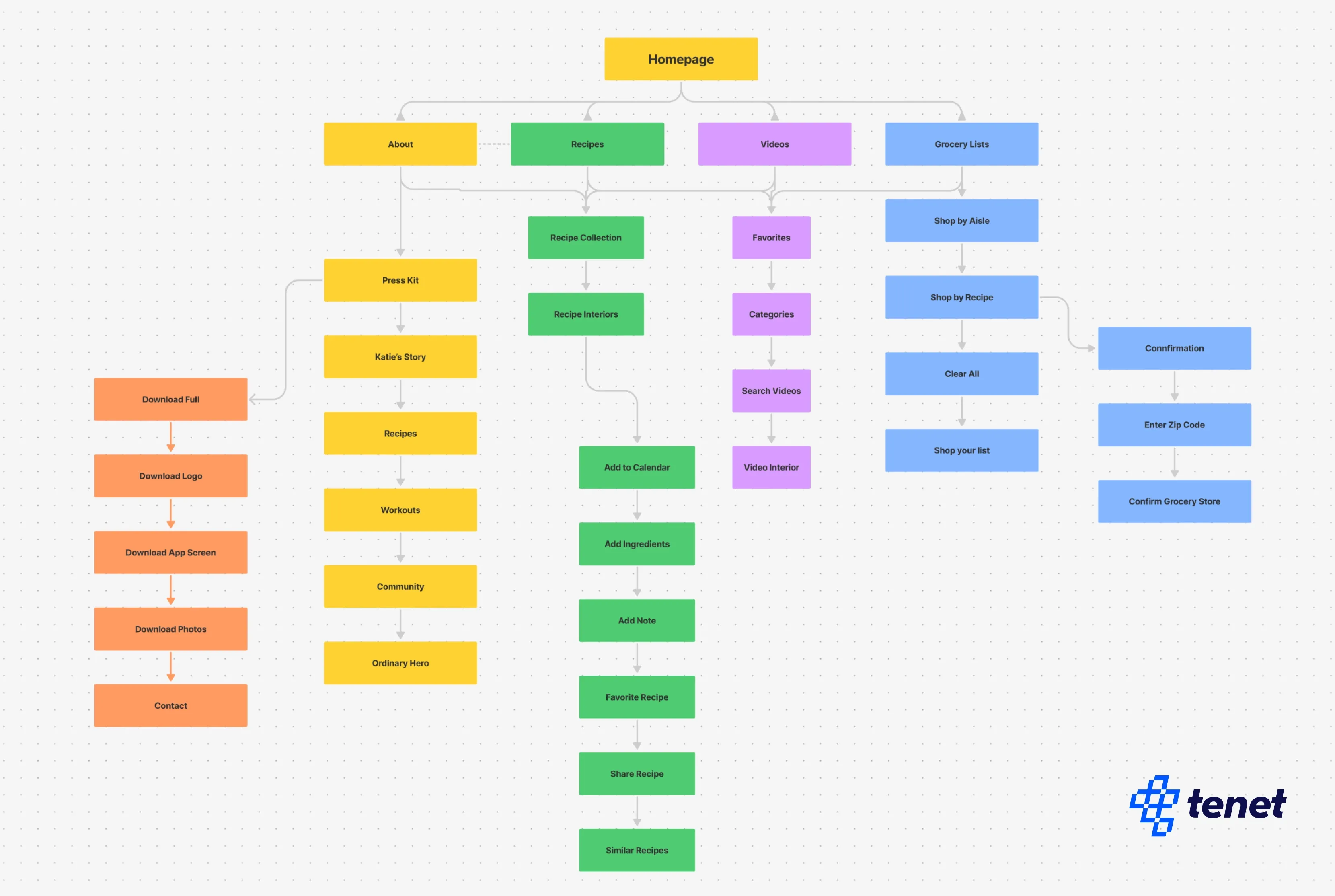
Here’s how we work at Tenet and handle website design revisions:
At Tenet, we do not design the whole website in one go. Instead, we first create a concept design of 2-3 primary pages to ensure that the larger design direction aligns with your needs and preference(s).
Once that is approved, we then go on to designing the rest of the pages based on the approved design language.
After creating these pages, we forward them to you for approval. If there are any revisions, we offer 3, 5, and 7 revisions based on the client's requirements.
And for the clients that don’t want to hold back on anything (and can afford it), we even provide unlimited revisions.
The extent of the revisions can impact our website design cost.
6. Design and Layout cost
Your website’s design impacts over 90% of first impressions. A clean, interactive layout not only builds trust but also boosts conversions and brand recall.
Design and layout costs typically range from AED 3,500 to AED 100,000, depending on:
Custom Designs – Fully tailored to your brand, but require more time and expertise (2–4 months).
Template-Based Designs – Faster and budget-friendly, but with limited customization.
Interactive Elements – Animations and hover effects add engagement but increase costs.
Branded UI – Custom icons, banners, and graphics aligned to your visual identity.
The more personalized and feature-rich the design, the higher the investment—but also the long-term value.
7. Development and Programming Cost in Dubai
Web development is where your site design becomes fully functional. This includes coding essential features like forms, logins, search, mobile responsiveness, and analytics tracking—critical for Dubai’s fast-moving digital ecosystem.
In Dubai, development costs typically range from AED 4,500 to AED 120,000, depending on complexity and tech stack. Both front-end (user interface) and back-end (server-side logic) development are covered in this phase.
8. Functionality and Features Cost in Dubai
This includes custom features like payment gateways, booking tools, CRM integrations, or multilingual support.
Depending on the number and complexity of features, costs range from AED 2,000 to 40,000+. Static websites cost less, while dynamic sites with CMS platforms like WordPress or Strapi require a higher investment.
The cost increases with the number and complexity of functionalities and features. Some of the most common website features and functionalities that impact the cost of website design are as follows:
9. Domain and Hosting Cost
Domain and hosting costs in Dubai depend on your provider and plan. Domains typically cost AED 50–500 per year, while hosting ranges from AED 40–500 per month.
Your domain is your website’s address, and hosting keeps it live. Always register both under your own name to maintain full control.
This ensures you can make changes, switch providers, or recover data when needed. Choose a domain that’s easy to remember and matches your brand, and select a hosting plan based on your expected traffic and performance needs.
10. Training and Documentation cost
Once your website is ready, you might have a hard time managing it due to the complexities or vastness of the website. Thus, you would require some training on how to use the CMS (content management system) or manage the website yourself. These manuals and training documentation can cost you somewhere around AED 1000 to 10,000.
For these reasons, certain manuals and RBAC documentation are needed. This will enable you to make content updates without the help of external developers. To ensure such a handover is effortless, we assign deployment consultants to ensure a comprehensive handover.
We are always happy to provide basic training or a video walkthrough of how everything is to be managed—and that, too, is free of cost. But if you need detailed documentation, our team members must prepare it in a few days.
11. Licensing Costs
The licensing costs can vary depending on the number of licenses required. It can range anywhere from AED 300 to AED 5000, depending on what licenses are being purchased.
The licensing costs include stock photos, templates, extensions, etc. These are usually necessary to ensure you’re not using copyrighted material illegally. They are also used to get high-quality features and advanced functionalities to enhance your final product.
This is one of the most essential yet often overlooked types of expense during website development. However, neglecting this can later result in hefty penalties and affect your brand image significantly.
12. Third Party Services
The cost of third-party services can range from AED 300 to AED 5,000+, depending on the type of requirements.
Third-party services and tools can slightly impact website development costs. These include premium plugins and extensions so that the business can rely on the website as a growth engine. Moreover, having third-party services through APIs can also enable payment processing, social media sharing, appointment scheduling, etc.
We recommend our clients purchase third-party plugins and licenses, such as:
- CRM Platforms
- Sales Intelligence Platforms
- Shipping Partners
- Payment Gateway
- Analytics Platforms
- Appointment Scheduling tools
14. On-site Requirements
Generally, on-site requirements can be fulfilled somewhere between AED 10,000 to AED 30,000 per month. Such costs can also vary depending on multiple factors. This cost comes into play when some clients need our team to be deployed at their location(s) due to various project and compliance-related reasons.
On-site work can be beneficial since it provides better communication and effective collaboration and gives access to quick feedback. However, allocating members for such work can impact extra charges for full-time allocation, travel & accommodation allowances, etc.
15. Testing
Basic testing—like QA, functionality, and responsiveness—is included in all Tenet projects to ensure your website works smoothly across devices.
Advanced testing such as Vulnerability Assessment & Penetration Testing is optional and ranges from AED 10,000 to 50,000, depending on complexity.
These tests help protect your site from bugs, security risks, and performance issues, ensuring it's reliable and ready for growth.
16. Maintenance
The cost of website maintenance starts from around AED 2,000 per month and goes up to AED 40,000 per month.
A website is required to maintain better operations and fulfil long-term goals. Maintenance can include regular updates, optimizations, security upgrades, backups, and system checkups, which can ensure that the website is up-to-date and error-free.
You might also need help with troubleshooting errors,technical issues, and resolving bugs. A maintenance plan, which adds to the project's cost, can cover all these.
There is no one-size-fits-all maintenance plan. The cost of a maintenance plan depends on the type of maintenance one wants.
17. Post-Project Growth Plans (SEO & PPC)
In your post-deployment growth plans, you may want strategies to increase your website's popularity and generate more trust & revenue. Additional Services such as SEO & PPC can help you generate more revenue.
The cost of SEO ranges between AED 20,000 and AED 85,000 per month. The cost of PPC is usually taken as a percentage of total ad spend, ranging from 10% to 30% per month.
Tenet is a UI UX design & growth marketing company. We specialize in growing businesses online.
Growth marketing has 2 parts:
- Demand Generation
- Generating demand for your services/products.
- This is done through brand marketing, organic content, etc.
- Demand Capture
- Capture demand that already exists for your products or services.
- This is done through Search Engine Optimization (SEO) & Pay Per Click Advertisements (PPC Ads).
Our team at Tenet can help you with both of these.
This requires additional planning, content strategies, several design considerations, and development-related modifications, which can lead to an increase in costs.
Explore our Dubai-specific services:
- SaaS App Development Company In Sharjah
- Best PPC Agency In Abu Dhabi
- Mobile App Development Company In Abu Dhabi
- SaaS Development Solutions In Abu Dhabi
What affects website development cost in Dubai?
Planning to build a website in Dubai? Here's what directly impacts your project cost—and how to plan smarter.
1. Size & Type of Your Business
In Dubai’s diverse business landscape, your website needs will vary by industry and scale.
- A basic site for a consultancy costs less.
- An e-commerce store with payment gateways (like Tabby or Tamara), inventory, and logistics integration costs more.
Insight: Local businesses often require bilingual support (Arabic & English) and UAE-specific compliance, which adds to cost.
2. Urgency of Delivery
Tight timelines? Expect to pay more.
- Fast-tracked projects often require bigger teams or overtime resources.
- This is common for events, expos, or seasonal launches in the UAE market.
Pro Tip: Plan 6–12 weeks in advance to avoid rush fees.
3. Competition in Your Industry
In sectors like real estate, fintech, or luxury retail, your Dubai website must do more than look good.
- Interactive UX
- Local SEO setup
- High-end design elements
Impact: Higher competition means more custom work and deeper strategy—leading to higher cost but stronger ROI.
4. Technology & Integrations
Using advanced platforms like React, Laravel, or custom CRMs increases development cost.
- UAE businesses often integrate with tools like HubSpot, Zoho, or regional payment providers.
- Need to link with a delivery partner or ERP system? That adds dev time too.
Tip: Always clarify which integrations (Zbooni, Telr, etc.) are essential upfront.
Do you need custom photography for your business/products?
Custom photography can definitely impact your website by increasing customer engagement and making everything look professional & impressive.
Professional photography services can add costs due to image clicking, editing and retouching costs. There are also certain types of photography that can enhance your website catalogue.
Lifestyle photography is pretty common for showcasing products. Similarly, corporate photography can show your company/business as one and unique.
And 360-degree photographs are perfect for showing your business location or for real estate agencies to give property tours via their website.
Website pricing models in Dubai: Which one fits you best?
Understanding how pricing works is key to planning your project and setting realistic expectations.
Whether you're a startup or an established business, knowing the website design Dubai price range helps you budget smarter and choose the right agency.

Here’s a breakdown of the three most common pricing models used by web design agencies in Dubai:
1. Project-based (fixed) pricing
🔧 How it works
You agree on a fixed cost before the project begins. This covers everything defined in the scope of work. The price only changes if you request additional features or revisions beyond the agreed scope.
✅ Best for
Small to mid-sized businesses with clear requirements, fixed timelines, and tight budgets.
👍 Pros
- Predictable cost with no surprises
- Well-defined deliverables and timeline
- Easy to manage and track
👎 Cons
- Limited flexibility once scope is locked
- Changes later can lead to additional charges
- May under- or overestimate real effort
💸 Typical cost in Dubai:
AED 3,500 to AED 100,000, depending on complexity and features.
2. Hourly pricing
🔧How it works
You’re billed based on the number of hours worked. This model suits ongoing or evolving projects, where you may need to add new features mid-way.
✅ Best for
Startups, iterative projects, or businesses that expect changes during the build.
👍 Pros
- Full flexibility to change scope anytime
- Pay only for actual hours worked
- Ideal for long-term collaboration or phased work
👎 Cons
- Harder to predict total cost upfront
- Requires tracking hours and managing resources
- May go over budget if not managed closely
💡 At Tenet, we use transparent time tracking so clients can monitor hours in real-time.
💸 Typical cost in Dubai
AED 200 to AED 550 per hour, based on team size and expertise.
3. 📈 Value-based pricing
🔧 How it works
Pricing is based on the expected business value your website will generate. This model focuses on ROI, not just hours or tasks.
✅ Best for
Growth-focused companies looking for strategic outcomes, not just a functioning website.
👍 Pros
- Aligns pricing with business goals and ROI
- Encourages innovation and strategic input
- Focus on quality and performance, not just scope
👎 Cons
- Typically the most expensive
- Not ideal for businesses with limited budgets
- Requires mutual understanding of business value
💸 Typical cost in Dubai
5–20% of expected annual revenue from the website or digital platform.
Which web design pricing model is right for you in Dubai?
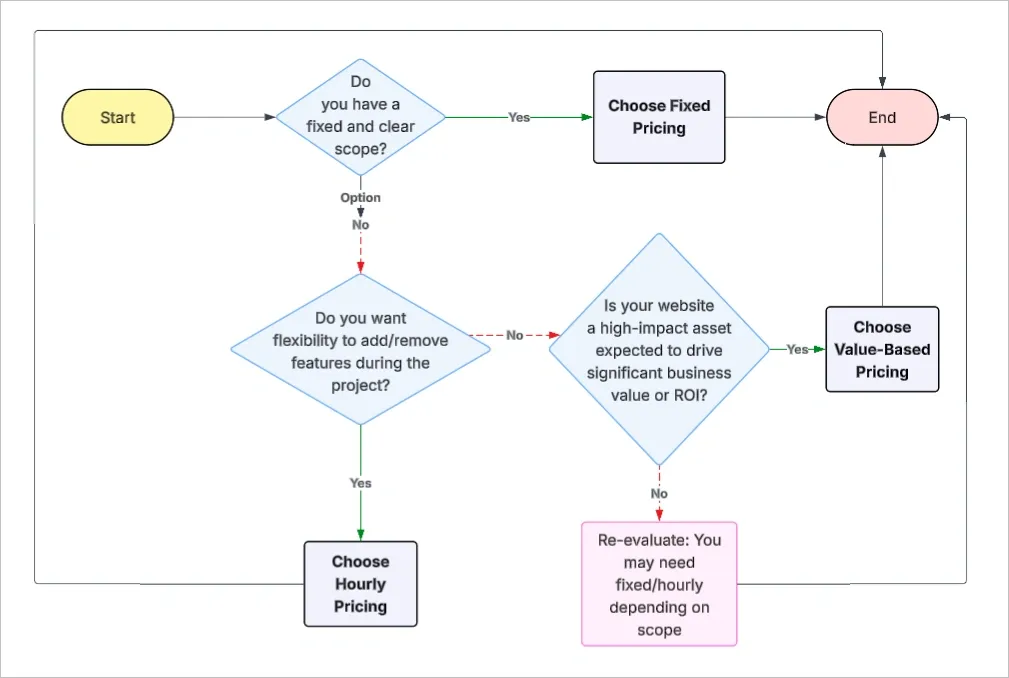
- ✅ Choose Fixed Pricing if you have a well-defined project scope, clear timelines, and want predictable costs from start to finish.
- 🔄 Choose Hourly Pricing if your website needs may evolve during development, and you prefer flexibility to make changes as you go.
- 📈 Choose Value-Based Pricing if you're focused on long-term growth, want a high-performing website that delivers ROI, and are okay investing more for quality and impact.
What’s the ROI of Website Designing and Development?
1. Increase in Qualified Traffic
A strategically designed website—with proper SEO structure, mobile responsiveness, and optimized page speed—can improve your visibility on search engines, driving more relevant visitors to your site.
Action Tip: Track your website’s organic traffic before and after redesign using tools like Google Analytics or Search Console.
2. Higher Lead Conversions
Design influences trust. A clean layout, fast-loading pages, and persuasive copy can turn visitors into leads—whether it’s a product sale, form submission, or consultation request.
Action Tip: Use heatmaps or A/B testing tools (like Hotjar or Google Optimize) to refine key conversion pages and improve performance.
3. Improved Brand Perception
Your website often acts as a first impression. A professional, on-brand design increases credibility and can tip a sales decision in your favor—especially for B2B or high-ticket services.
Action Tip: Collect feedback from visitors or clients post-launch to assess how the new design impacted their perception of your brand.
4. Lower Operational Costs
Automated booking forms, payment systems, CRM integration, and self-serve resources reduce manual work and customer support load.
Action Tip: Identify tasks currently handled manually and estimate how much time/cost you’ll save by automating them through your site.
5. Long-Term Growth Engine
Your website is a digital asset that can keep delivering ROI for years if maintained properly. Unlike ads, the traffic, SEO value, and lead generation potential compound over time.
Action Tip: Set clear KPIs post-launch—like monthly traffic, bounce rate, conversion rate—and review performance quarterly to measure ROI.
Put simply, a poorly designed website may save money upfront, but it often results in lost leads, missed sales, and a weak brand presence.
👉 Further web designing resources:
- 15 Growing Web Design Trends
- Website Navigation Best Practices
- How much does a website cost in the UK?
Why Choose Tenet for Your Website Development Project
Now that you know everything related to website development costs, you must be wondering why you should choose us.
Well, to start with, you will be partnering with a team that has delivered 450+ solutions, impacting 20M+ people across 15+ countries.
Moreover, we have a 98% client satisfaction rate, which speaks for our commitment to excellence and innovation. See some reviews here.
Apart from this, our company started with a vision to build creativity with clarity, transforming intricate processes into intuitive and effective web solutions.
From professional execution to personalised, future-ready results, we ensure your digital growth journey is streamlined and enjoyable. So, progress by collaborating with us and getting an impactful, user-centric website for your business.
Frequently Asked Questions
How long does it take to build a website in Dubai?
The time it takes to build a website in Dubai depends on how complex your project is. A simple website can be ready in 2–6 weeks, while small business sites may take 1–2 months. E-commerce websites or custom builds often need 2–4 months because of integrations, product pages, and testing.
If you need a site delivered faster, agencies may speed things up, but it usually increases costs.
What main factors affect website design cost in Dubai?
Several factors influence the cost of website design in Dubai. These include the type of website (basic, small business, e-commerce, or custom), the number of unique pages, the level of customization, and the features you want, such as payment gateways, CRM, booking systems, or multilingual support.
Other elements like security, third-party integrations, compliance needs, and ongoing maintenance also add to the overall cost.
Which pricing model should I choose for my Dubai website?
It depends on how you want to manage your project. Fixed pricing is most effective when your scope is well-defined and you require predictable costs. Hourly pricing is more flexible and suits projects where requirements may change along the way.
Value-based pricing focuses on ROI and is ideal if you see your website as a long-term growth engine. The right choice depends on your business goals, budget, and timeline.
What does website maintenance cost in Dubai?
Website maintenance in Dubai typically ranges from AED 2,000 to AED 40,000 per month. At the basic level, this covers updates, bug fixes, and backups. For larger or more advanced websites, maintenance may also include performance optimization, security audits, and regular content updates.
The cost depends on the size of your site, the amount of traffic it handles, and the level of support you expect from your agency.
Claim your web design proposal and a free consultation call
Claim your web design proposal and a free consultation call

Got an idea on your mind?
We’d love to hear about your brand, your visions, current challenges, even if you’re not sure what your next step is.
Let’s talk
